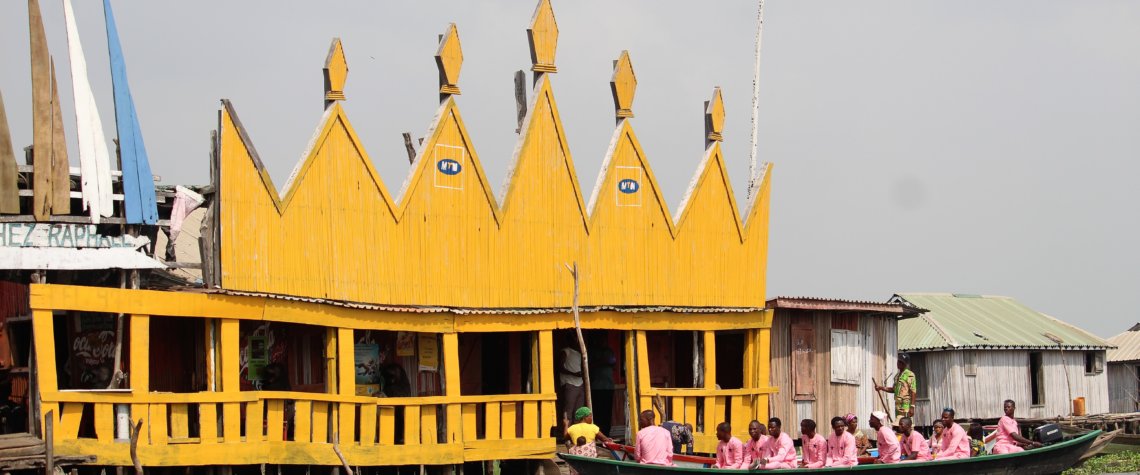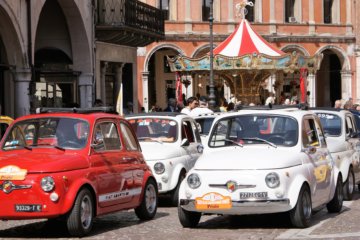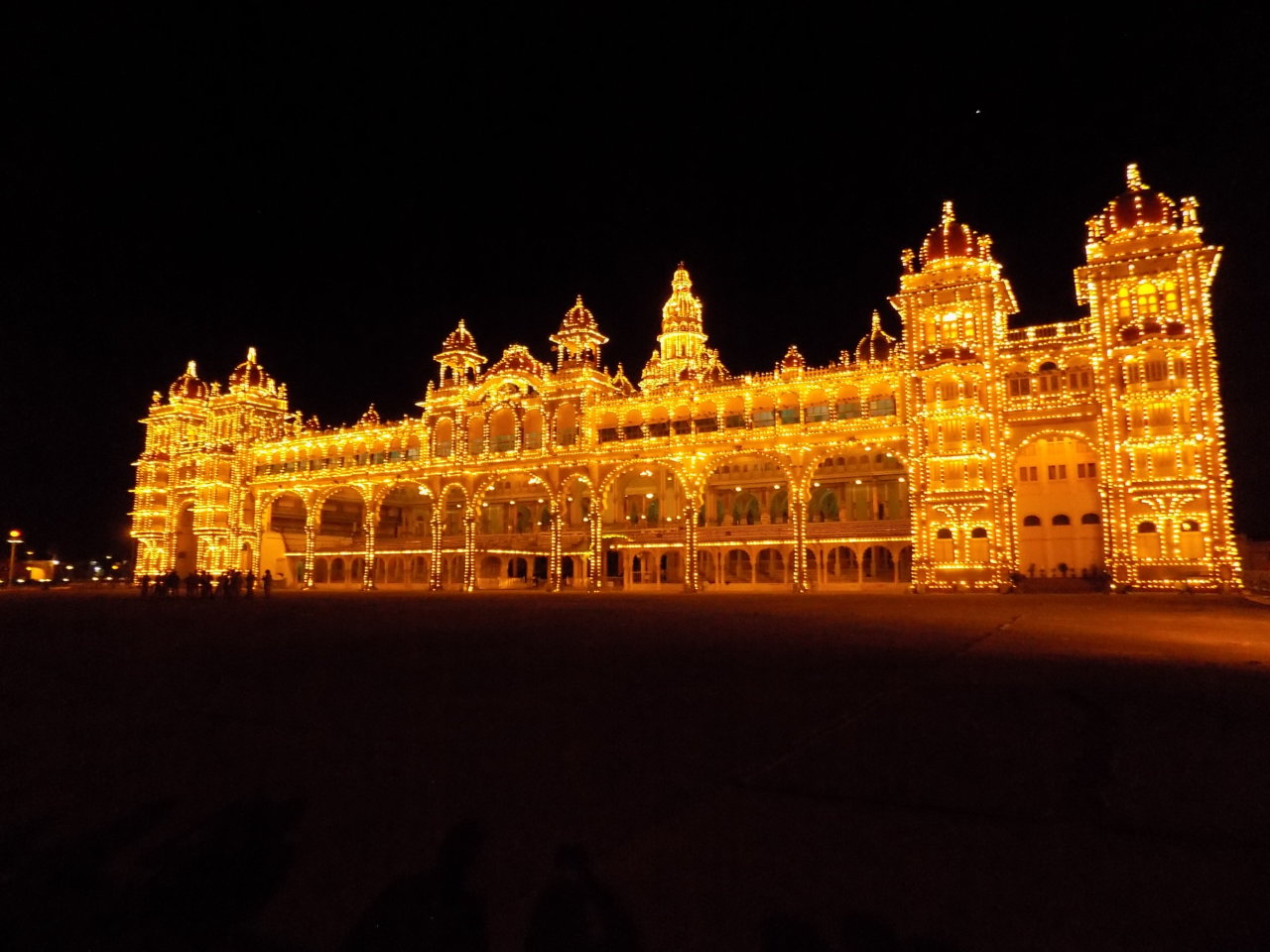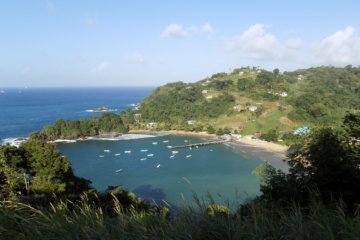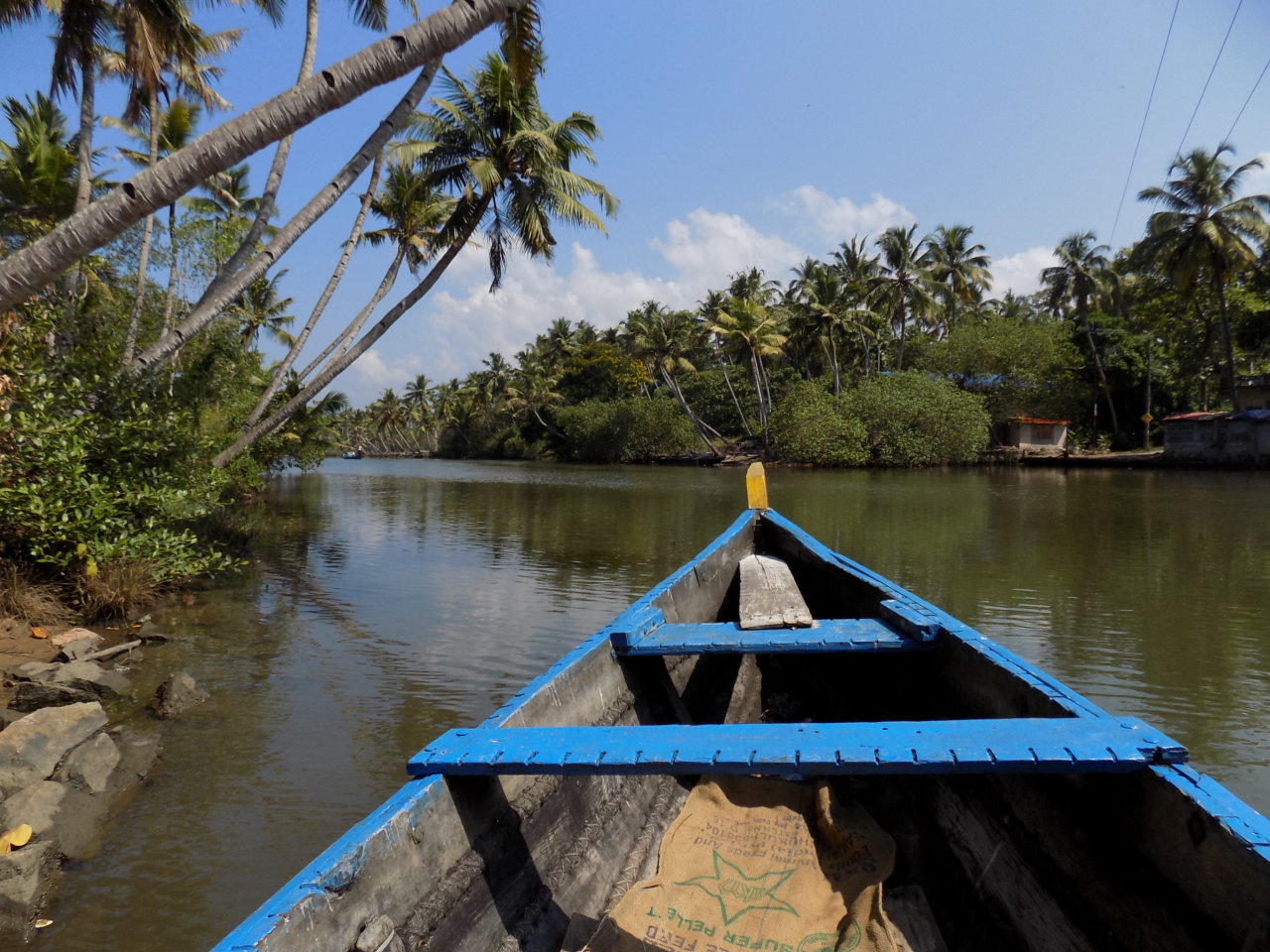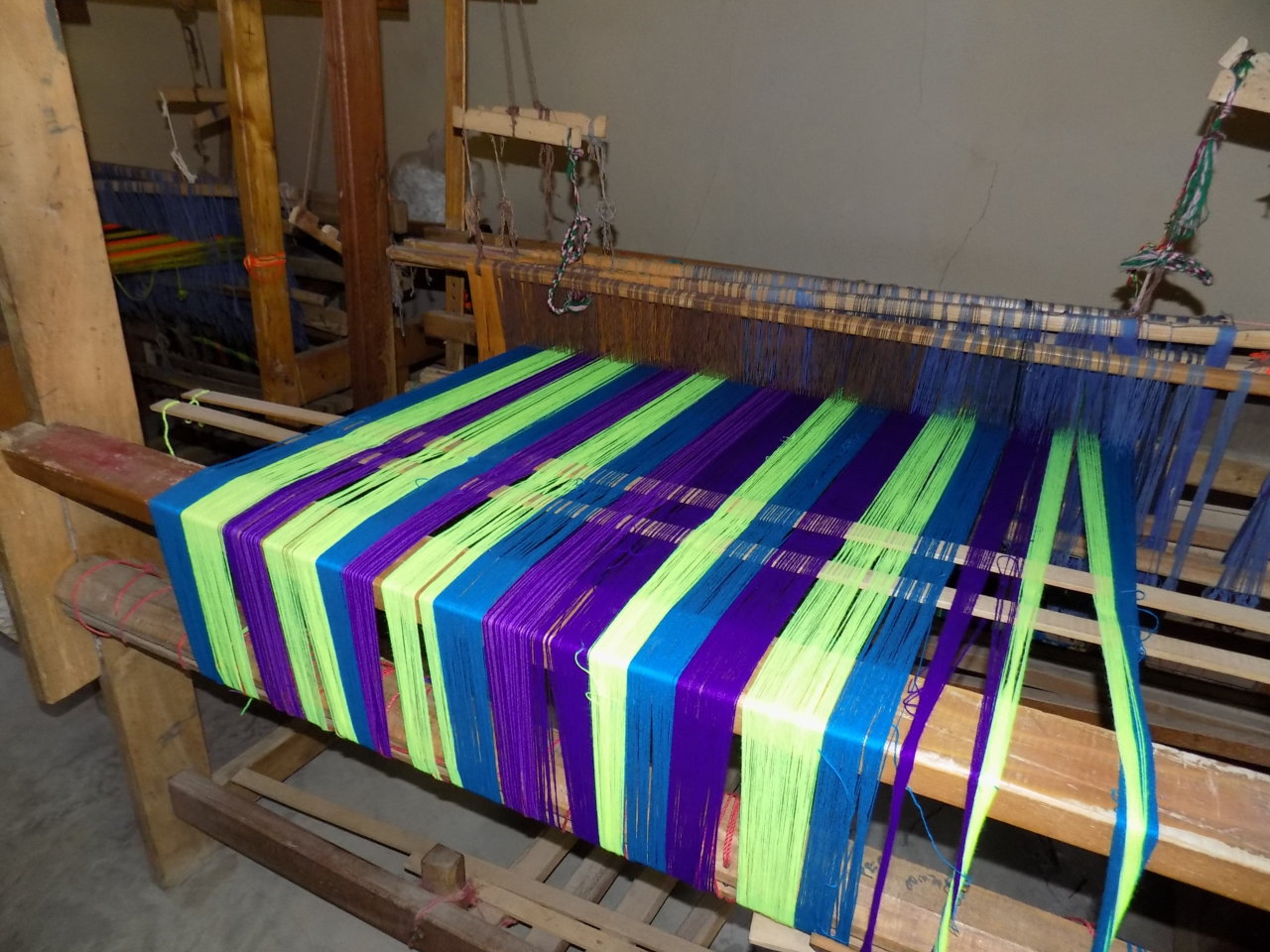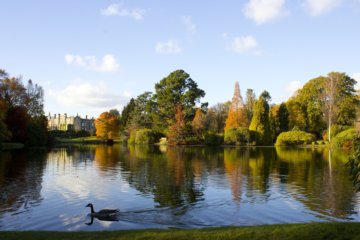One of the highlights of our recent West Africa tour with Dragoman was the time we spent in Ganvié, a stilt village in the middle of Lake Nokoué, north of the busy city of Cotonou in Benin. It is billed as the ‘Venice of Africa’ and, although, we were looking forward to seeing it, our expectations were not that high. After all, the real Venice is an amazing city – one of my favourites in Europe. How could anything in Africa compare with that? All I can say is that we were blown away by Ganvié! Read on to find out why.
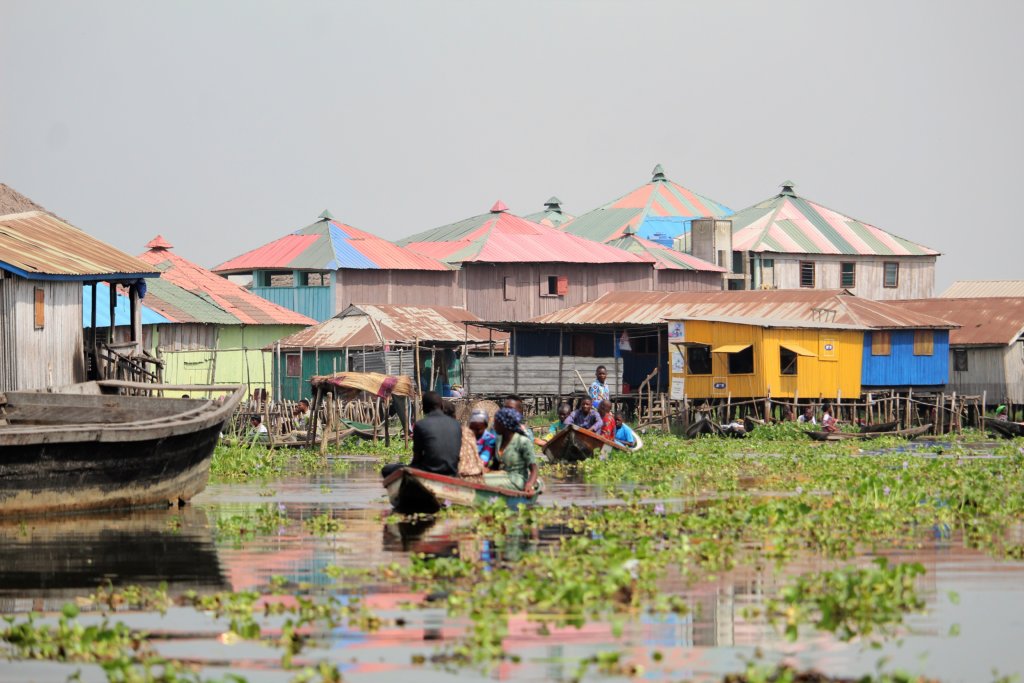
In this article
History
Ganvié was founded by the Tofinu people around 400 years ago. They were desperate to escape from Fon soldiers who captured people and sold them to Portuguese traders. These otherwise ruthless warriors believed a terrible demon lived in Lake Nokoué so they refused to go anywhere near it. Knowing this, the Tofinus chose to build their homes on stilts in the middle of the lake. In this way, they evaded capture. They named their settlement Ganvié because it means ‘we survived’ in the local language.
Despite the fact that they were no longer under threat, the original inhabitants and their descendants chose to remain in their lake homes. Over the centuries, Ganvié has grown beyond all recognition.
Ganvié Today
Today, Ganvié is home to 45,000 people. The original small collection of bamboo houses built on stilts has expanded to include markets, schools, a hospital, businesses and churches. Some of the larger structures have been built on foundations made from soil brought from the mainland by the local people in their small boats.
Even though Ganvié has evolved, the houses and other buildings are still only accessible by boat. It is several kilometres to the nearest land so local people become proficient in managing a boat from a very young age. The main source of income for Ganvié residents is fishing. They have developed a way of fish farming which involves corralling fish into enclosures made by driving bamboo poles into the bed of the lake. These are then intertwined with palm fronds to form cages. For many people from Ganvié, the only time they ever go to the mainland is to sell their fish and buy provisions not available in the village.
Tourism is beginning to make a small impact on Ganvié. Most visitors come on day trips from Abomey or Cotonou. They board a boat at Abomey-Calavi, motor out to the stilt village and then ride around for an hour or two before returning to the mainland. The people of Ganvié don’t benefit at all from this kind of visitor. It is far better for the local economy, and for the tourists themselves, if they come and stay for a night or two. That is what we did.
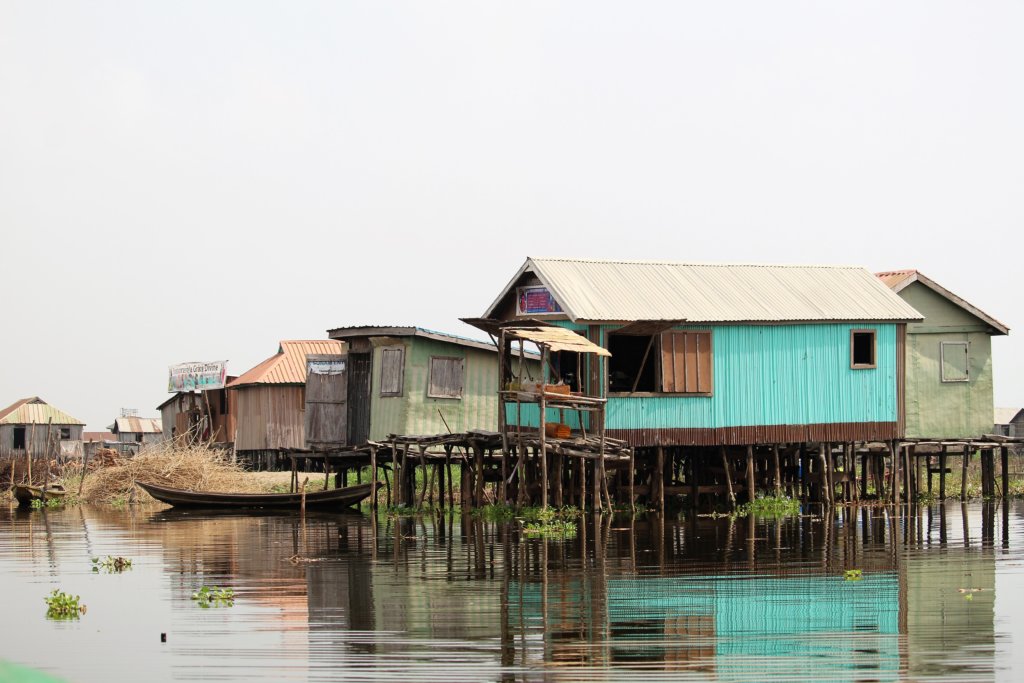
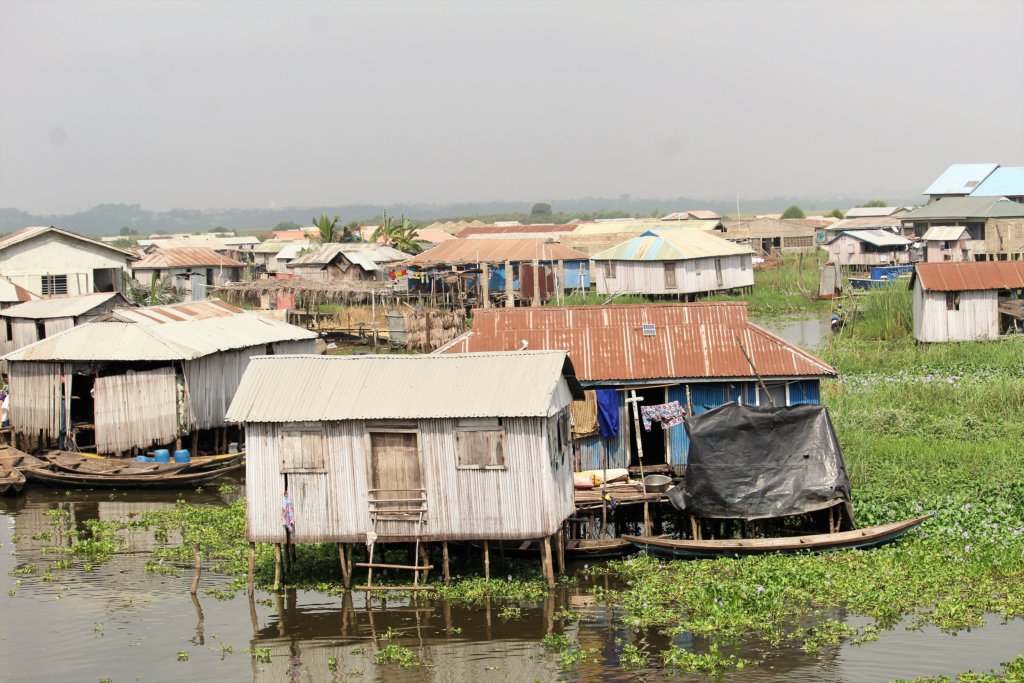
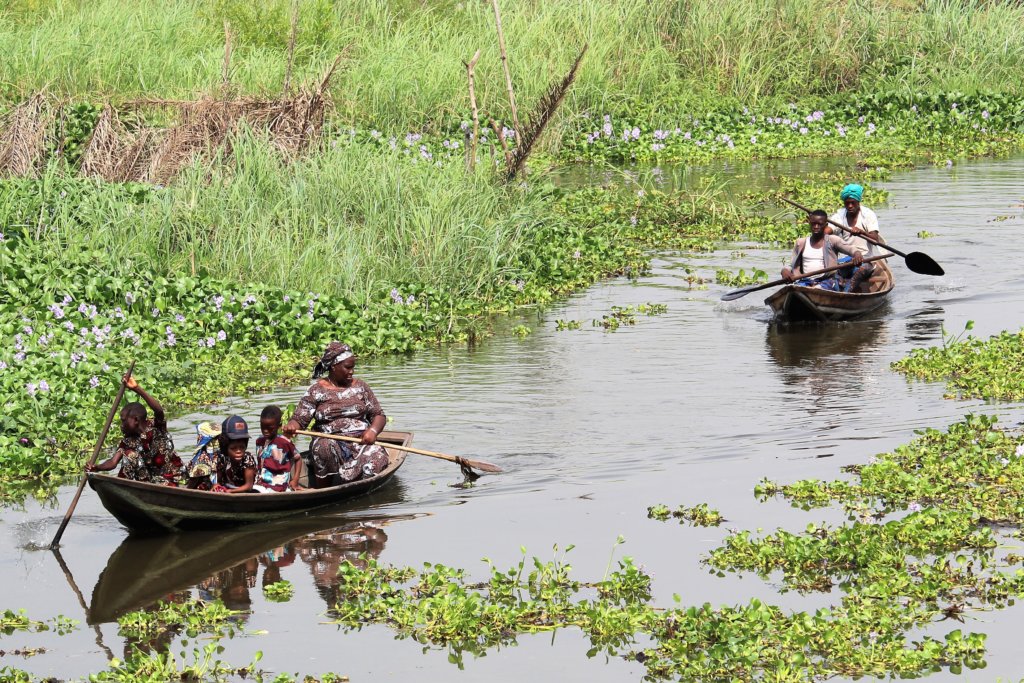
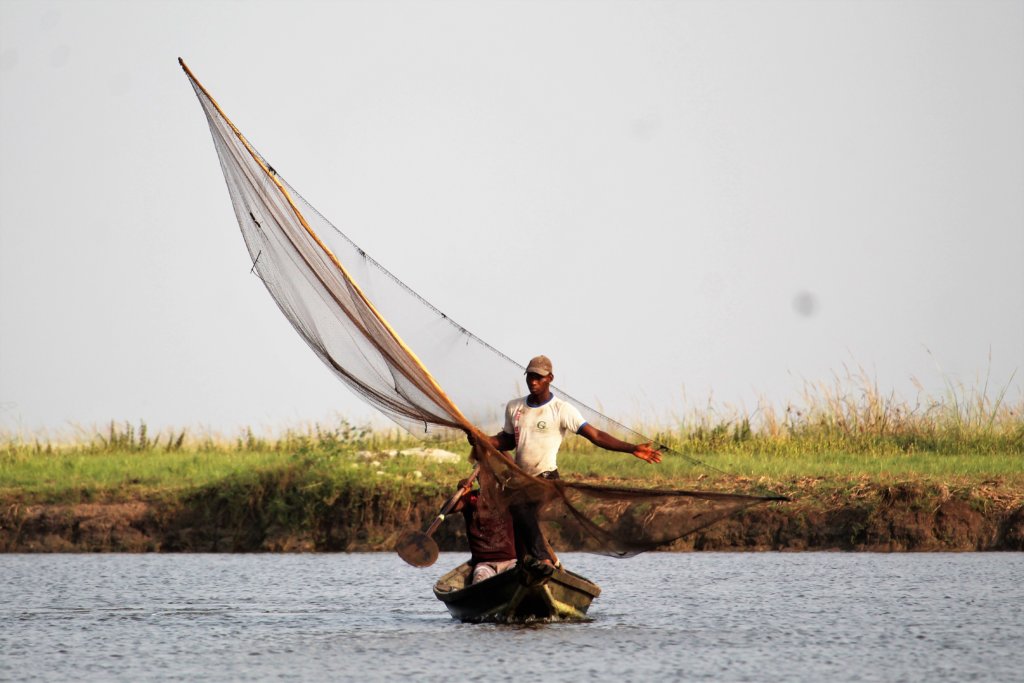
Our Visit
Getting to Ganvié
We drove to Abomey-Calavi where we abandoned Sura, our trusty Dragoman truck, and, carrying only what we needed for an overnight stay, boarded our boat to Ganvié. We met our guide, Laurence, a young local girl with impeccable English, and our boatman, Bienvenue! What a great name! Also on board was Andrea (I wasn’t likely to forget her name!), Bienvenue’s sister and the owner of our hotel for the night. We were surrounded by a riot of colour and activity as Ganvié ladies sold their fish to people on the mainland.
Once out on the lake for our 35-minute journey to Ganvié, Laurence gave us information about the villagers and how they make a living from the lake. Because it is tidal (the water level can rise by two or three metres), both freshwater and marine fish are found, and farmed, in the lake. Varieties of catfish and tilapia make up the bulk of the catch.
First Impressions
As we began to get our first glimpses of Ganvié, we were struck by the sheer scale of it. It is simply too enormous to continue to be called a ‘stilt village’! It is also charmingly beautiful; a photographer’s paradise! Despite the fact that many of the bamboo structures are ramshackle and have clearly seen better days, there is something poetic and welcoming about the place. Islands of water hyacinth and irises float between the buildings. Locals dressed in vibrantly coloured clothes add to the picture. I’m sure daily life isn’t at all romantic, but first impressions certainly made it look that way!
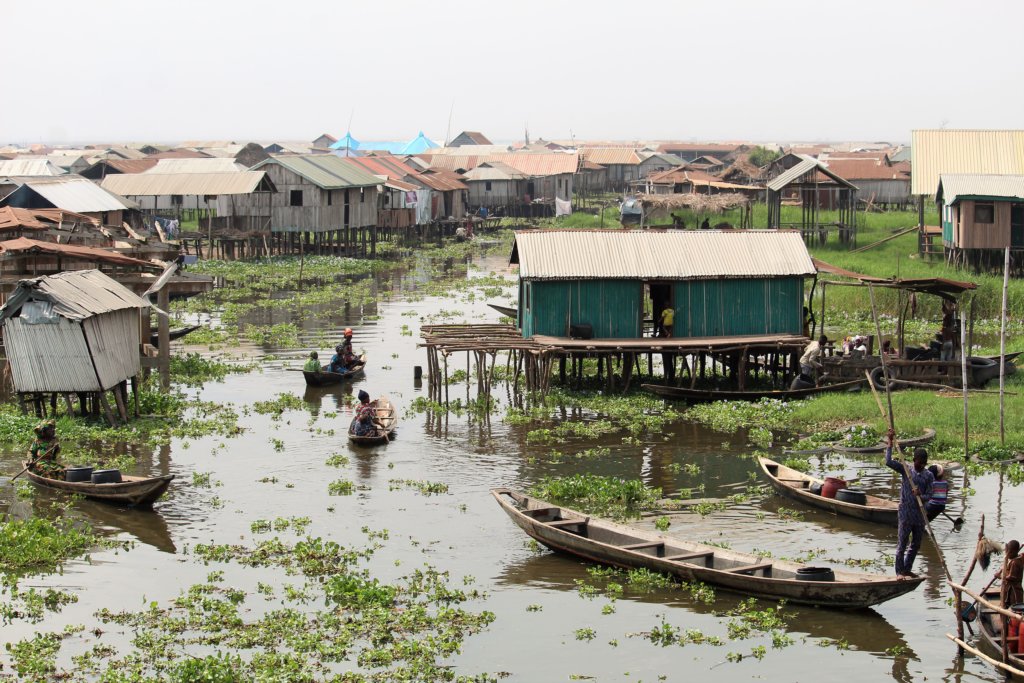
Daily Life
We were lucky enough to arrive in Ganvié on a Sunday, so everyone was out and about in their Sunday best. The waterways were heaving with boats and people. Churchgoers were usually dressed entirely in white, whilst families going off to visit friends were often attired in outfits made from the same fabric. There were bands drumming in boats. There were boats full of people stopping to chat to each other in the middle of the watery street. It was completely mesmerising!
All too soon, we docked at our hotel, Chez M. The rooms were small, basic and very hot, but they were clean and we were only going to sleep in them so it didn’t matter. Upstairs, in the restaurant, all the windows were open, offering a lovely breeze and the perfect vantage point for people watching. We were ideally placed; on a busy intersection of several waterways, opposite a large church, and next to a water pump which had a constant queue of boats waiting to fill their assorted containers. Villagers must spend many a long hour just waiting to get water. The queue went on into the night when the pump was lit with a single torch, and it was already round the block when I looked out before the sun came up the next morning.
After lunch of chicken followed by ‘pirogues d’ananas‘ (pineapple boats to you and me!), we had some free time. Most of us spent it staring out of the windows enjoying the spectacle. A couple of members of our group, though, chose to hire their own pirogues for a couple of dollars and go for a pootle on the water, much to the amusement of the locals!
Later, it was fascinating to see that people continued to move around in boats, even after darkness fell. It was as if they were navigating by a sixth sense. The hotel had a generator, so we had lights, but very few of the local houses had any kind of light at all. We could hear the sounds of music and partying from all around us, though. Clearly, the people of Ganvié enjoy a good time!
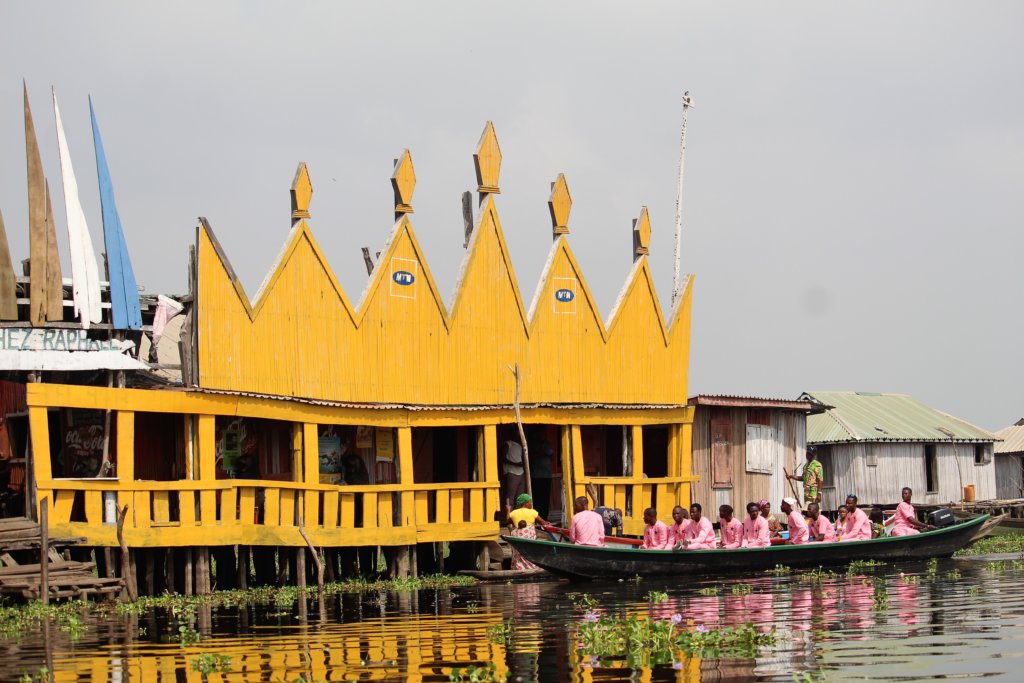
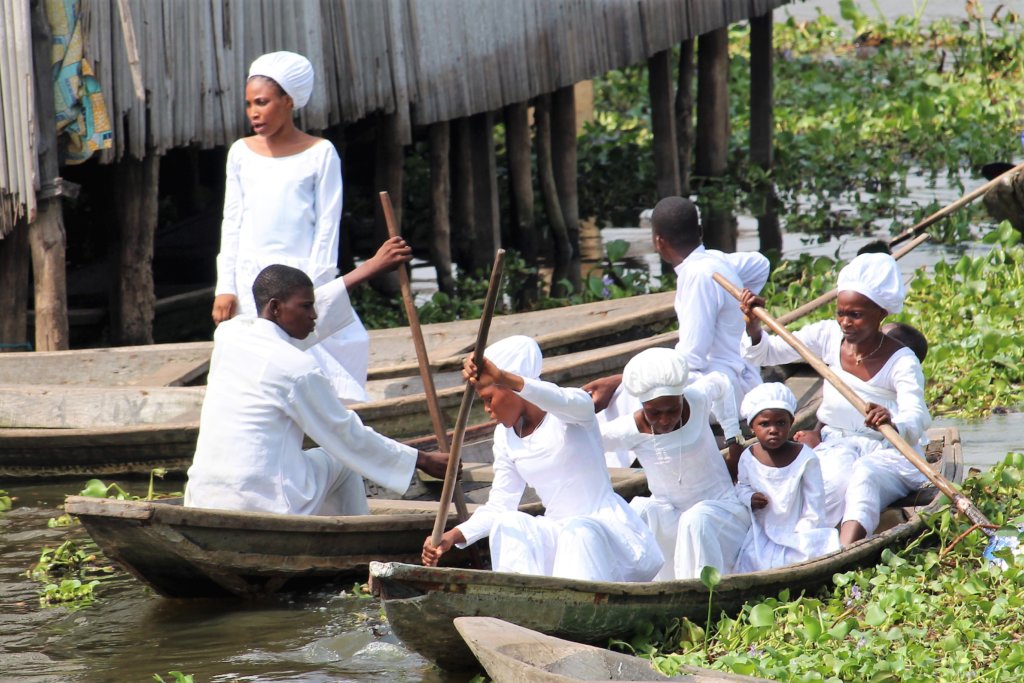
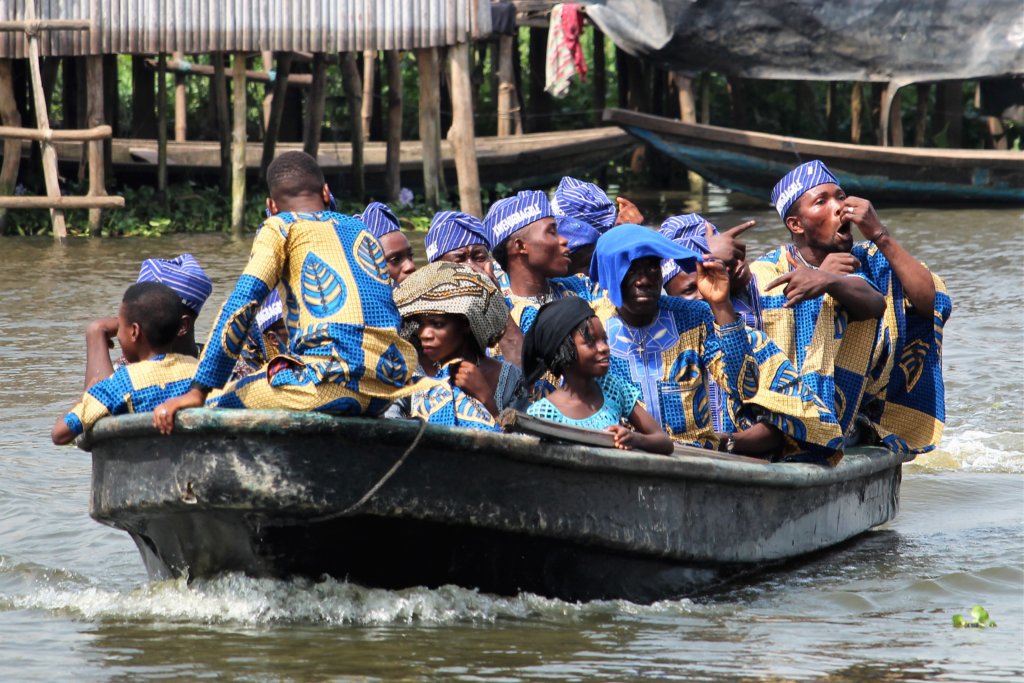
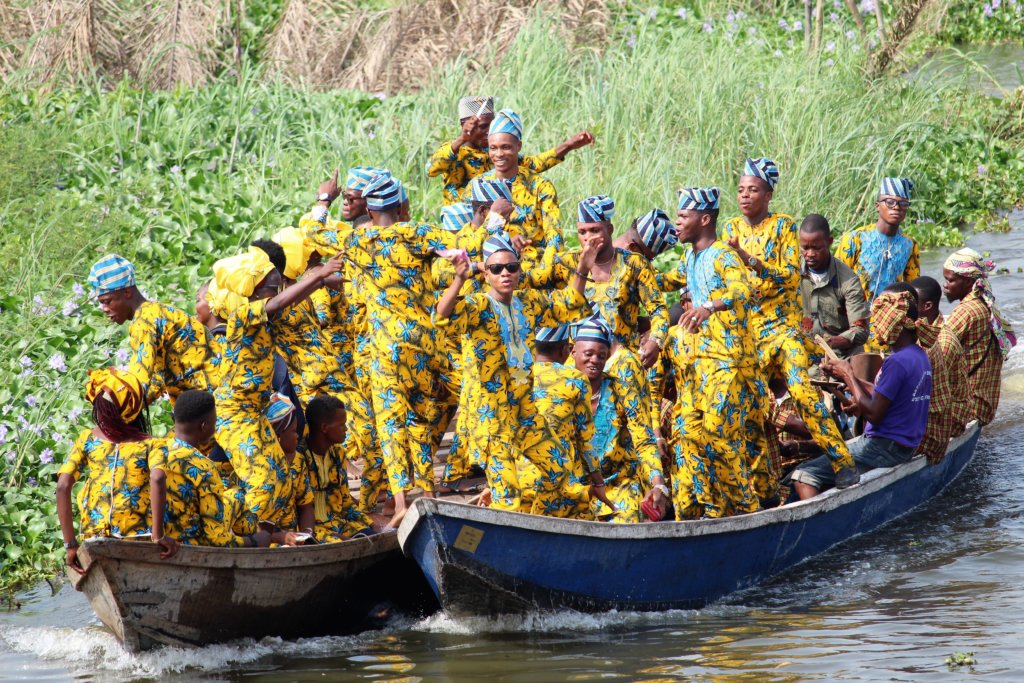
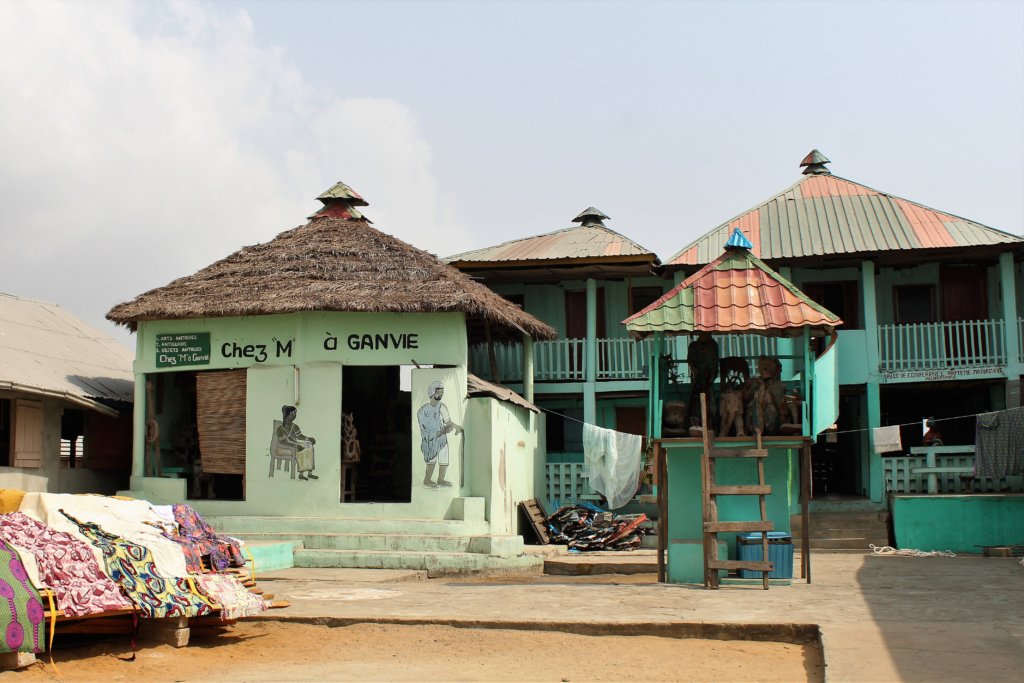
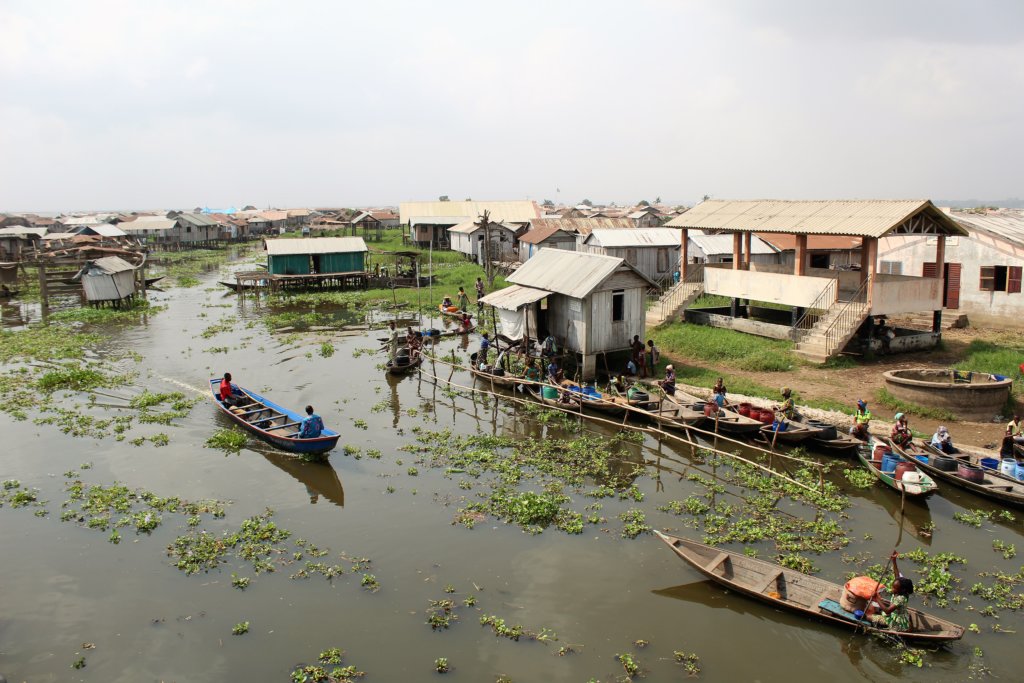
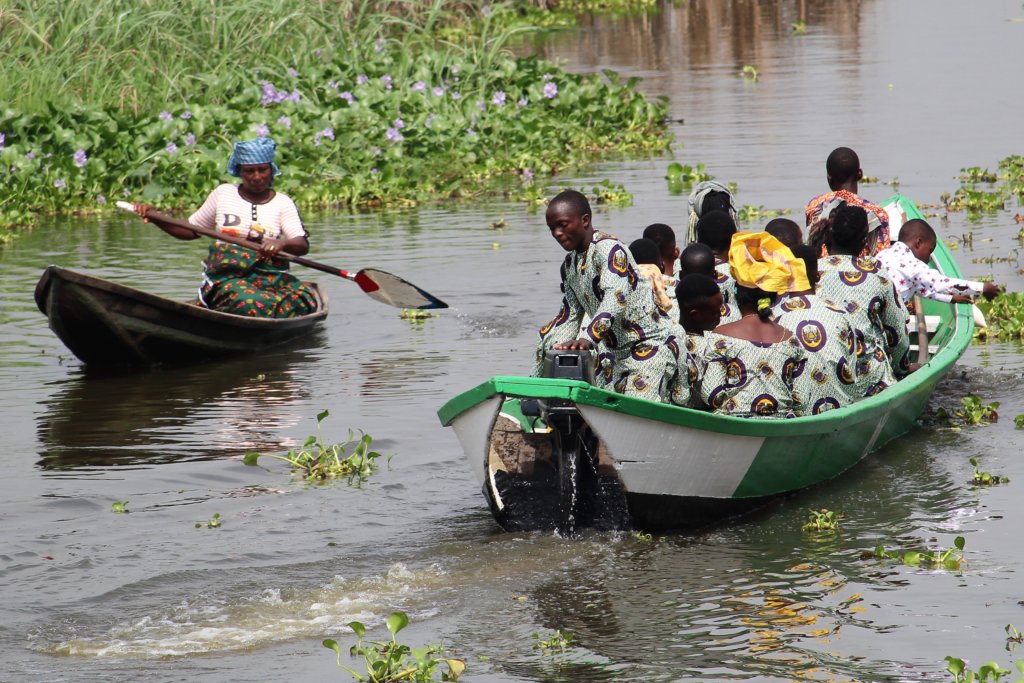
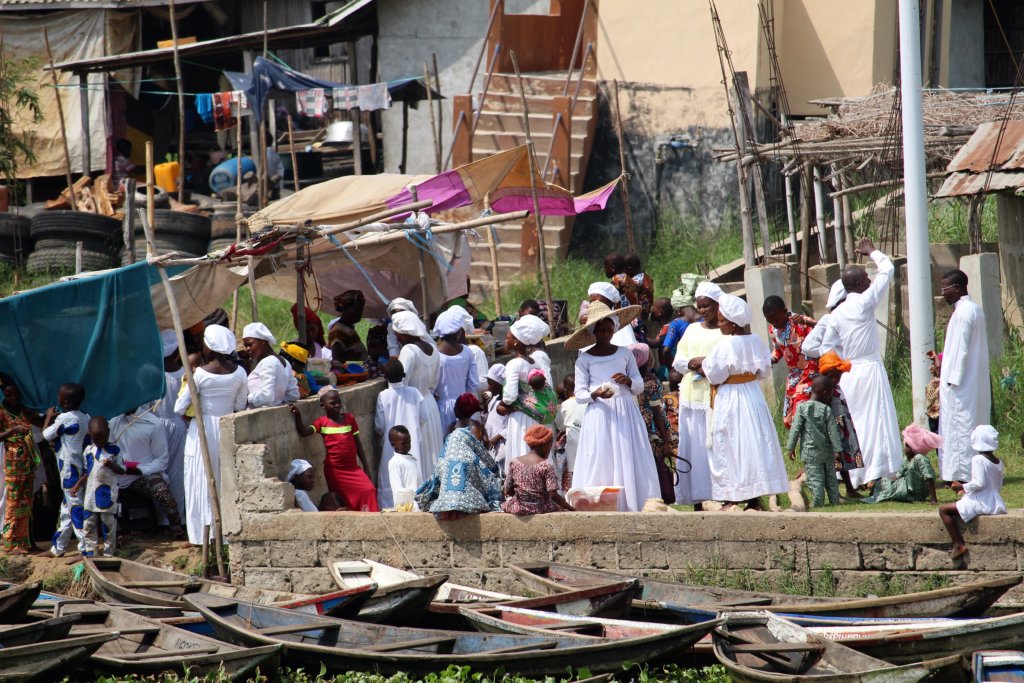
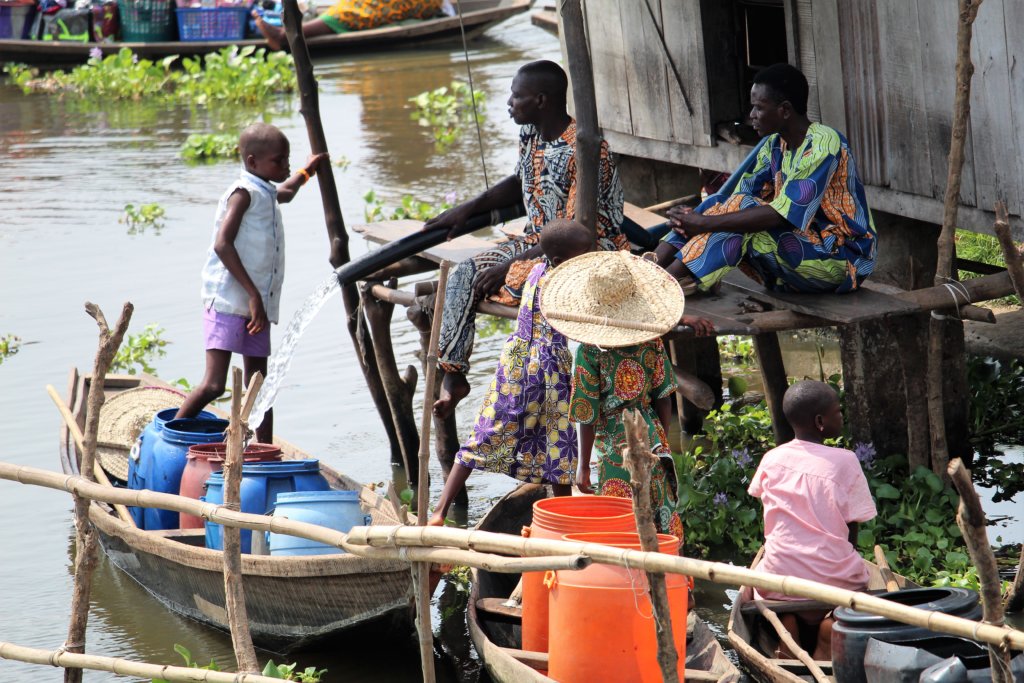
Boat Trip
During the afternoon of our first day in Ganvié, we were back on our motor pirogue for a trip out of the village, past the graveyard (a recent addition to the town), into open water, and back again. The bird-life we saw was incredible, including several varieties of kingfisher and weaver birds. We passed the neighbouring village of Sô-aura, built partly on stilts and partly on the mainland. Laurence explained that these fishermen and farmers often work on the land, but they still prefer to live over the water.
We disembarked at a former stilt hotel which collapsed into the lake in 1995 and which is now used by a local artist as his studio and shop!
Greenkeeper Africa
We also stopped at a processing unit for Greenkeeper Africa, which just happened to be where Bienvenue did his day job! We didn’t mind, though, as it turned out to be a really interesting visit.
There is a danger that aquatic plants, like the very pretty water hyacinth, will choke up the lake and stop the water flow, making life impossible. This NGO-funded project pays local women CFA1000 for every 10kg of dried aquatic plants they bring to the factory. These are then dried further in the sun before being turned into powdered compost. Local farmers use the compost on their crops. It is also exported to Swaziland, Algeria, Morocco, and other African countries for a price of CFA1,200 per kilo plus export duties.
The waste product from this process, stuff that is too fibrous to be turned into powder, is sewn into mats and tubes and used as an eco-friendly solution to pollutant spills in garages, the transport industry, the construction industry, and many others. The mats can absorb up to seventeen times their weight in oil.
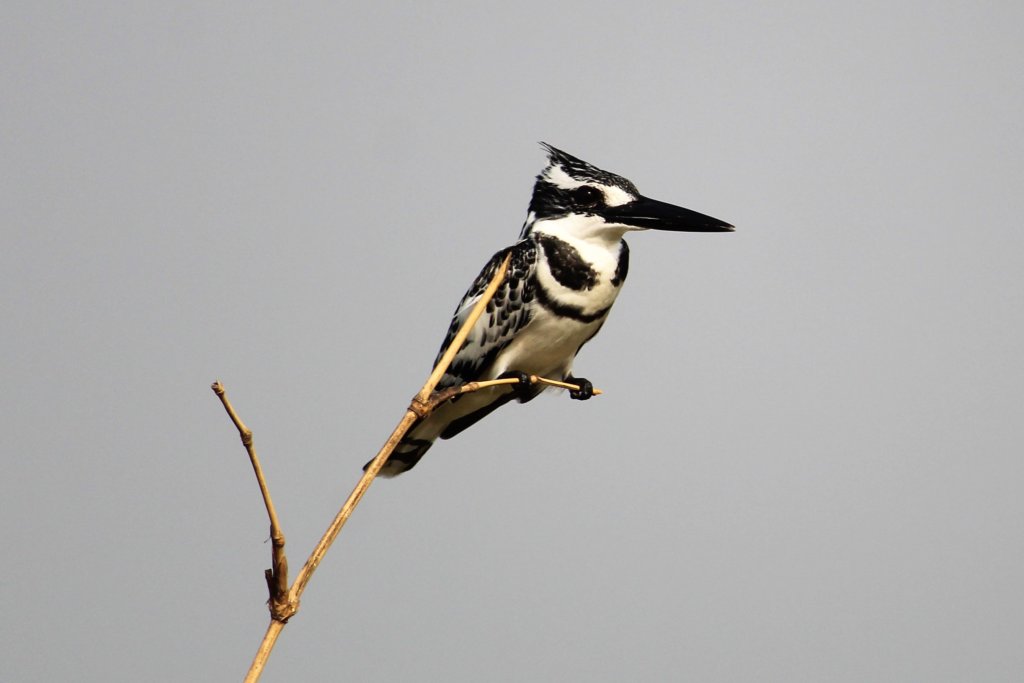
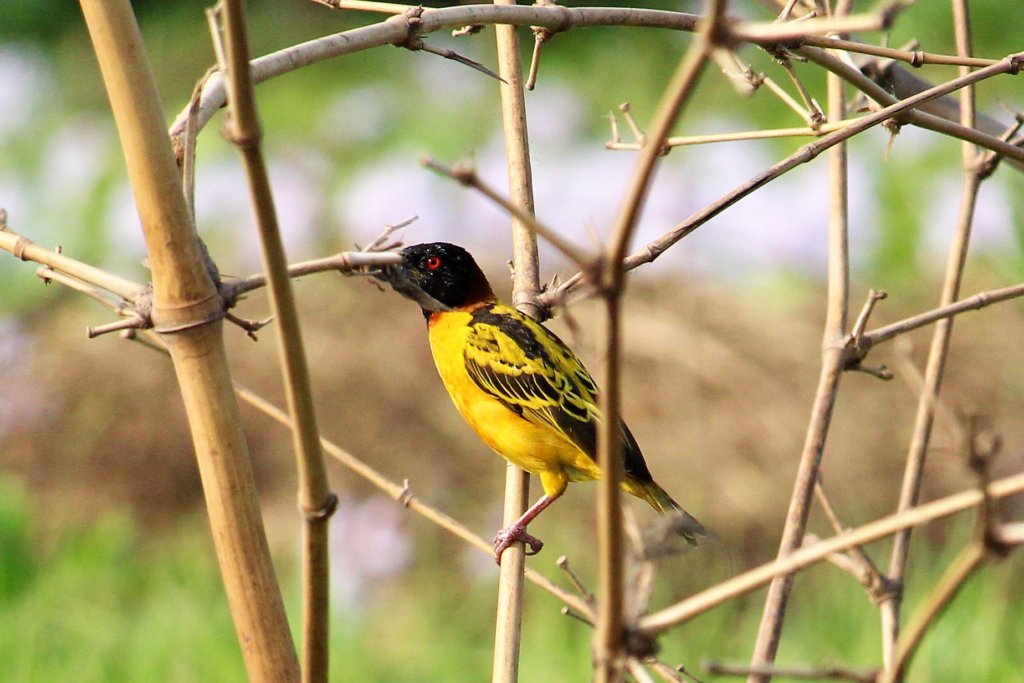
Leaving Ganvié
We returned to the mainland on Monday morning. It was interesting to see Ganvié come to life on a normal work and school day. We saw lots of schoolchildren in their uniforms rowing themselves to school, and ladies off to market, their boats laden down with fruit and vegetables to sell. We passed through two very busy market areas on our way out of the village. They reminded me of the markets on the Mekong in Vietnam.
As we continued into open water, we watched Ganvié fishermen hard at work and their wives heading to the mainland to sell their catch.
Soon, we were back at the truck to continue our journey south through Benin. We all reflected on our Ganvié experience and agreed it was a highlight of the trip so far.
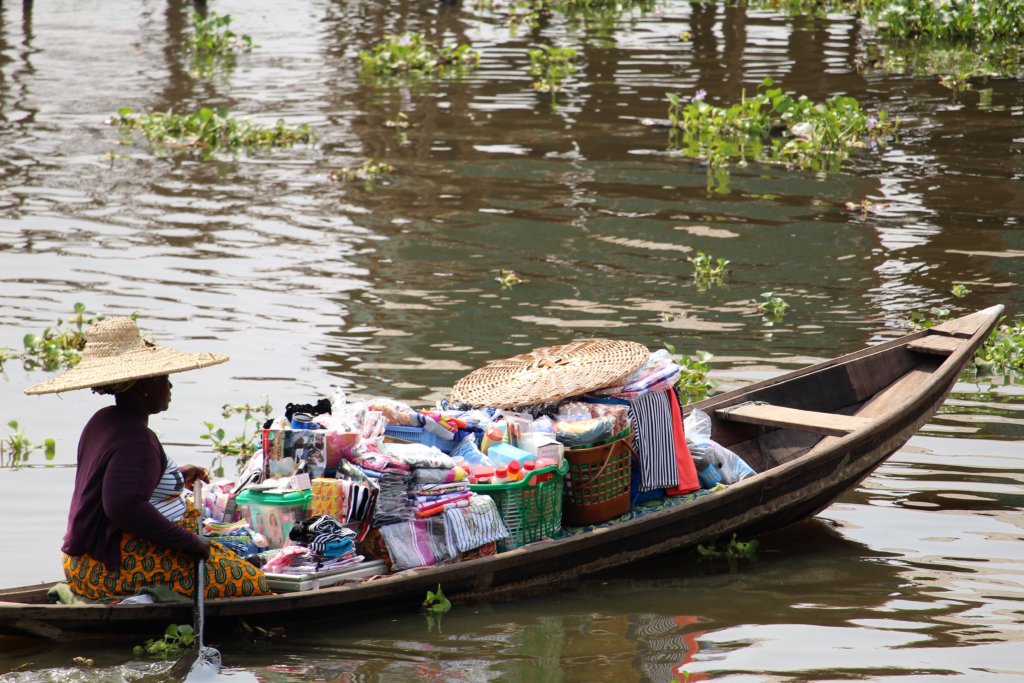
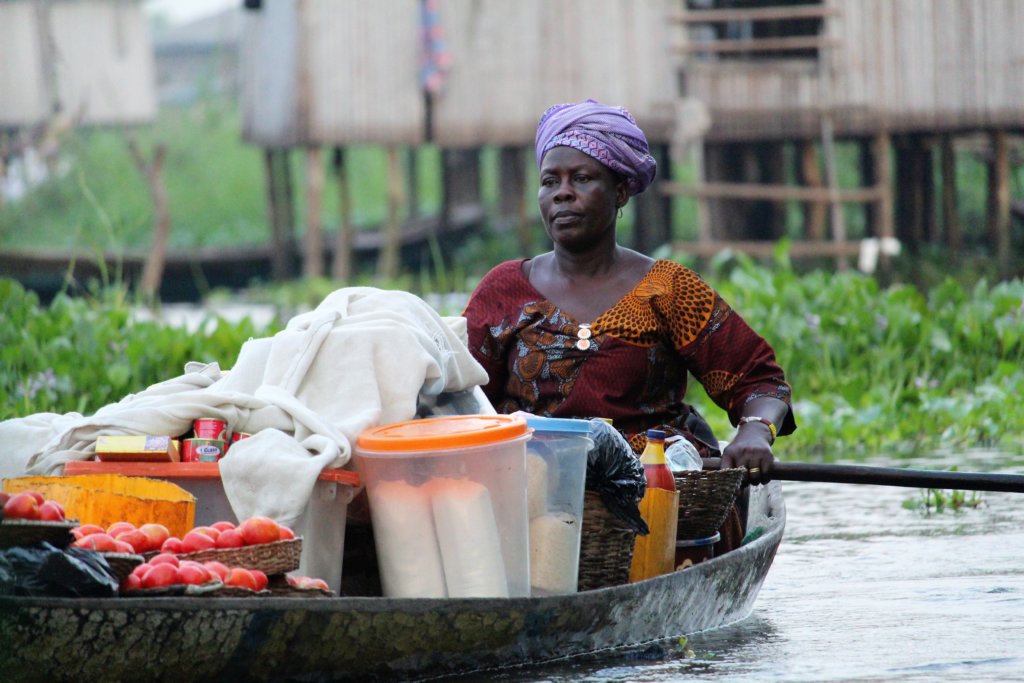
CLICK HERE TO READ MY BENIN TRAVEL GUIDE
BUY THE GUIDEBOOK OR A COLOURING BOOK:
BOOK YOUR OWN TOUR OF WEST AFRICA!
IF YOU LIKE WHAT YOU’VE READ, PIN IT!!
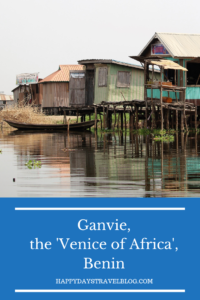
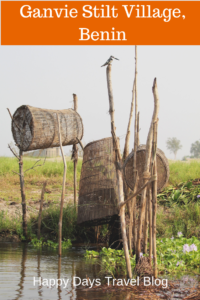
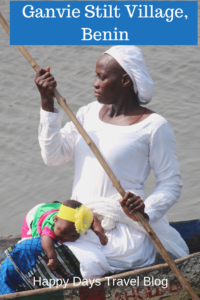
Disclosure: This post contains affiliate links. If you click through for more information, or to make a purchase, it may result in a small commission coming my way. Please note that there is no extra cost to you associated with this. Thank you so much for supporting my site.
Join our mailing list

Sign up to receive our monthly newsletter. Keep up with what we're doing and be the first to receive special offers and insider tips.

